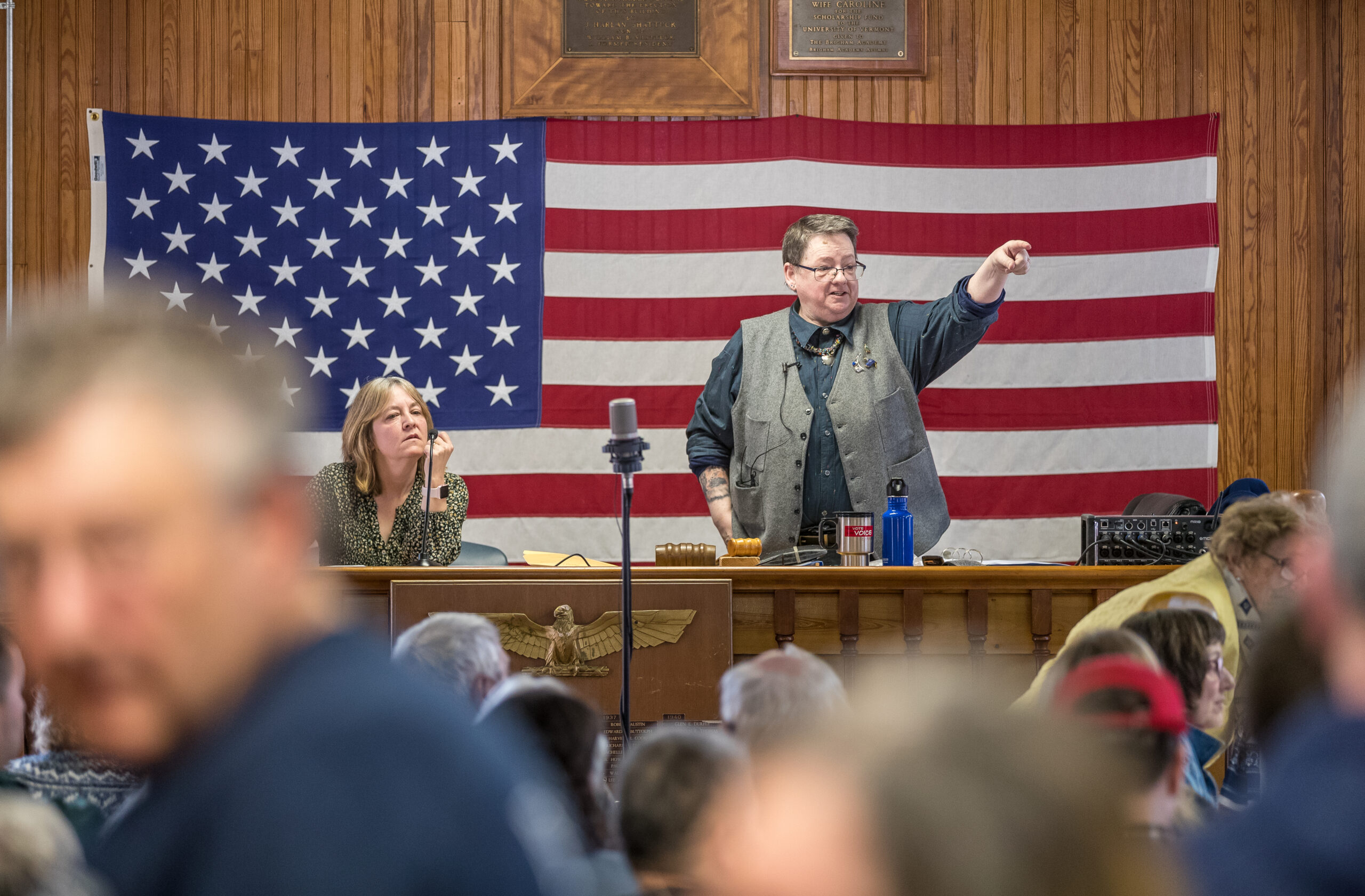REPORT: EDUCATION TAXES ANTICIPATED TO INCREASE BY 9%
By Gregory J. Lamoureux
County Courier
The Commissioner of the Tax Department is required to forecast a property tax rate, both residential and non-residential, for the upcoming year no later than December 1st. This year, that forecast is predicting a 9% increase in taxes, or 9.5¢ on the residential tax rate, and 10¢ on the non-residential tax rate.
“It is important for Vermonters to know this is a forecast put together according to statutorily prescribed parameters,” said Secretary of Administration Susanne Young. “For [the] fiscal year 2019, the forecast was similar, but due to the hard work of school districts as well as spending decisions made between the Administration and the Legislature, the
average homestead rate did not increase at all and the non-homestead rate increased about 4¢. Just like we did then, the Administration is committed to mitigating the impact of these uncertainties on property taxpayers, to the greatest extent possible,” Young added.
According to officials, there are two significant elements impacting the rate forecast this year. First, the economic downturn due to the COVID-19 pandemic has significantly reduced the forecast for non-property tax revenues that go to the Education Fund.
In August of this year, the FY2022 forecast for these funding sources was reduced from $590.9 million to $552.1 million. These revenue sources include 100% of Sales and Use Tax, 25% of Meals and Rooms Tax, 33% of
Purchase and Use Tax, and lottery proceeds. This downgrade in the revenue forecasts alone accounts for over 4¢ on the property tax rate. Additionally, due to calculations from the State Treasurer, this year, the projected cost
of teachers’ retirement to the Education Fund is $38.9 million, up from $6.9 million last year. This accounts for approximately 3.5¢ on the forecasted rate.
The actual change to the tax rate will depend upon the per-pupil spending in each school district, as locally voted spending amounts are still the primary determinant of a town’s homestead education tax rate.

The Commissioner’s statement also makes it clear that with the uncertainty of COVID-19 in the economy, forecasting the tax rate this year has become that much more unpredictable- leaving room for the tax rate to increase more if the pandemic forces more financial hardships throughout the state.
“The Governor and Administration do not believe this is a tenable tax increase for Vermonters who are working hard to recover from the pandemic, nor for the Vermont economy which continues to struggle due to the pandemic-related disruption,” Tax Commissioner Craig Bolio wrote in a letter about the prediction. “Additionally, while this forecast is specific to our K-12 schools, we must not forget that our state, to be more competitive and provide better outcomes for children, must build a comprehensive cradle to career education system.”
Here are the key factors, according to the Commissioner:
• Despite the trend of stagnant or declining enrollments, and some districts reducing programs and services that benefit children, district budgets continue to increase – in the aggregate – by between 3 and 5 percent every year. While this structural imbalance existed prior to the pandemic, it has continued this year. The rate of growth in total cost of education is outpacing growth in property values, which is the primary contributor to
why Vermonters face tax rate pressure every year.
• Due to the economic downturn from COVID-19, the FY22 forecasts for non-property tax revenue sources to the Education Fund were downgraded from $590.9 million to $552.1 million earlier this year. Non-property tax revenue sources include: 100% of Sales and Use Tax, 25% of Meals and Rooms Tax, 33% of Purchase and Use Tax, and lottery proceeds. This downgrade alone accounts for over 4 cents on the forecasted rate below.
• This year the projected cost of teachers’ retirement to the Education Fund is $38.9m, up from $6.9 million, or more than 5 times the amount from last year. This unprecedented increase accounts for approximately 3.5 cents of the forecasted tax rate increase.
• These rates do not include consideration of the $58 million deficit in the Education Fund for FY21 because Act 154 of 2020, Sec. E.111.1 directed the Department to disregard the deficit. The Legislature had previously outlined, in Act 122, a variety of options to address this deficit that avoid a spike in property taxes. We look forward to the continued work with the Legislature to help address that deficit in a way that is affordable for Vermonters.
• Per pupil spending is what determines homestead tax rates, not total spending. Locally voted spending amounts are still the primary determinant of a town’s tax rate. The more per pupil spending goes up, the more tax rates will go up.
• The Tax Department is planning to publish a calculator online in February that districts and individuals can use to calculate how different per-pupil spending amounts will impact tax rates at a variety of income and property value levels. The hope is that this calculator helps illuminate the ways in which local spending decisions impact a district’s and individual’s education property taxes.
• Most taxpayers in a town will experience an increase on their FY22 bills if the town’s education property tax rates go up versus the current year. Even taxpayers who receive a property tax credit the following year would experience property tax rate increases from higher school spending because an increase in per-pupil spending increases the income
percentage taxpayers are expected to pay before a property tax credit is applied.
• Penny rule of thumb for FY22: One penny on the tax rate translates to $20 on a $200,000 house and one penny on both homestead and non-homestead rates raises about $9M. Roughly 2/3rds of residents pay based on income, and absent intervention, their rates move proportionally with property rates.
• Short-term relief: while we do not know what Congress will do regarding additional stimulus funding, school districts have received considerable federal funds through the Elementary and Secondary School Emergency Relief Fund (ESSER), Governor’s Emergency Education Relief Fund (GEER), as well as state allocated Coronavirus Relief Funds (CRF) to help with managing the variables of this virus on their operations. We expect many schools will carry a budget surplus from FY20 and FY21 into the coming
fiscal year, which could be used to offset the property tax impacts forecasted.
You can read the Commissioner’s full letter here.










